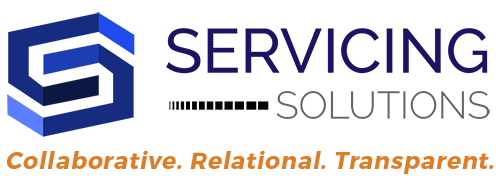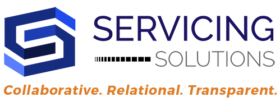It’s easy to get caught up in the minutiae of day-to-day operations and lose sight of broader objectives. In some cases, that is the only way forward due to the desired outcome. In many other cases, however, there is an opportunity to pause and zoom out. Consistency without innovation can easily lead to complacency. Processes are meant to evolve, and sometimes, the need for that can be ignored by improper focus on tasks not serving the correct goals.
Stepping back to view the entire landscape of a business operation creates an opportunity to develop an understanding of the overall objective. By analyzing the various components that work independently towards the same goals on a consistent basis, business leaders are able to identify high-impact optimizations more easily. Taking a more strategic perspective helps in aligning short-term actions with long-term goals, ensuring that every decision contributes to the larger vision.
Frameworks like SWOT (Strengths, Weaknesses, Opportunities, Threats) and PESTLE (Political, Economic, Social, Technological, Legal, and Environmental) are invaluable resources for understanding the entire situation. SWOT, PESTLE, and many other tools help evaluate a business in the context of its wider environment, aiding strategic planning and decision-making. Many companies will perform these exercises yearly, quarterly, and, in some cases, monthly to benchmark success and uncover gaps or inefficiencies.
Establishing an organizational culture that routinely analyzes and optimizes its overall objectives creates a dynamic environment that can be challenging to manage. Proper implementation of operational changes requires clear objectives, proper resources, and smooth execution from start to finish. Key Performance Indicators (KPIs) are essential in measuring the effectiveness of these changes, providing insights into areas of success and those needing further adjustment. They can also serve as short-term goals to benchmark the steps required to achieve long-term goals.
Zooming out can sometimes be met with resistance. In some cases, people are inherently slower to adapt to change, and sometimes, there can be clashing priorities across departments. Considering the timing and frequency of these activities can make a difference in how they are perceived. Effective communication, change management strategies, and stakeholder engagement are key to overcoming these hurdles. Transparency should be a top priority for those who practice this strategy.
A mindset that fosters long-term growth and innovation will lead to success. This approach demands a visionary outlook, where leaders and teams look beyond the immediate horizon to anticipate future challenges and opportunities. It encourages a culture of innovation, where ideas are not just welcomed but are strategically evaluated for their long-term impact. It fosters a proactive approach to problem-solving, empowering businesses to not just react to changes but to shape them.


